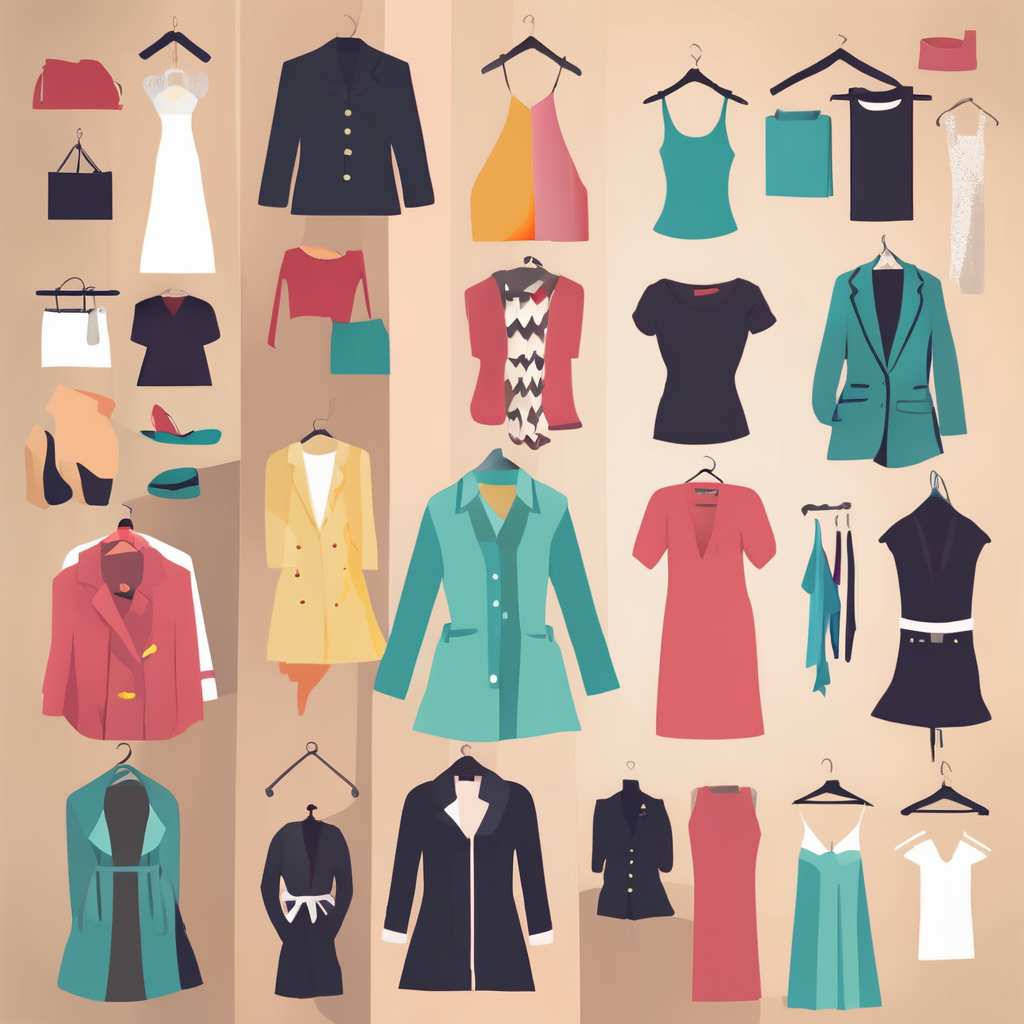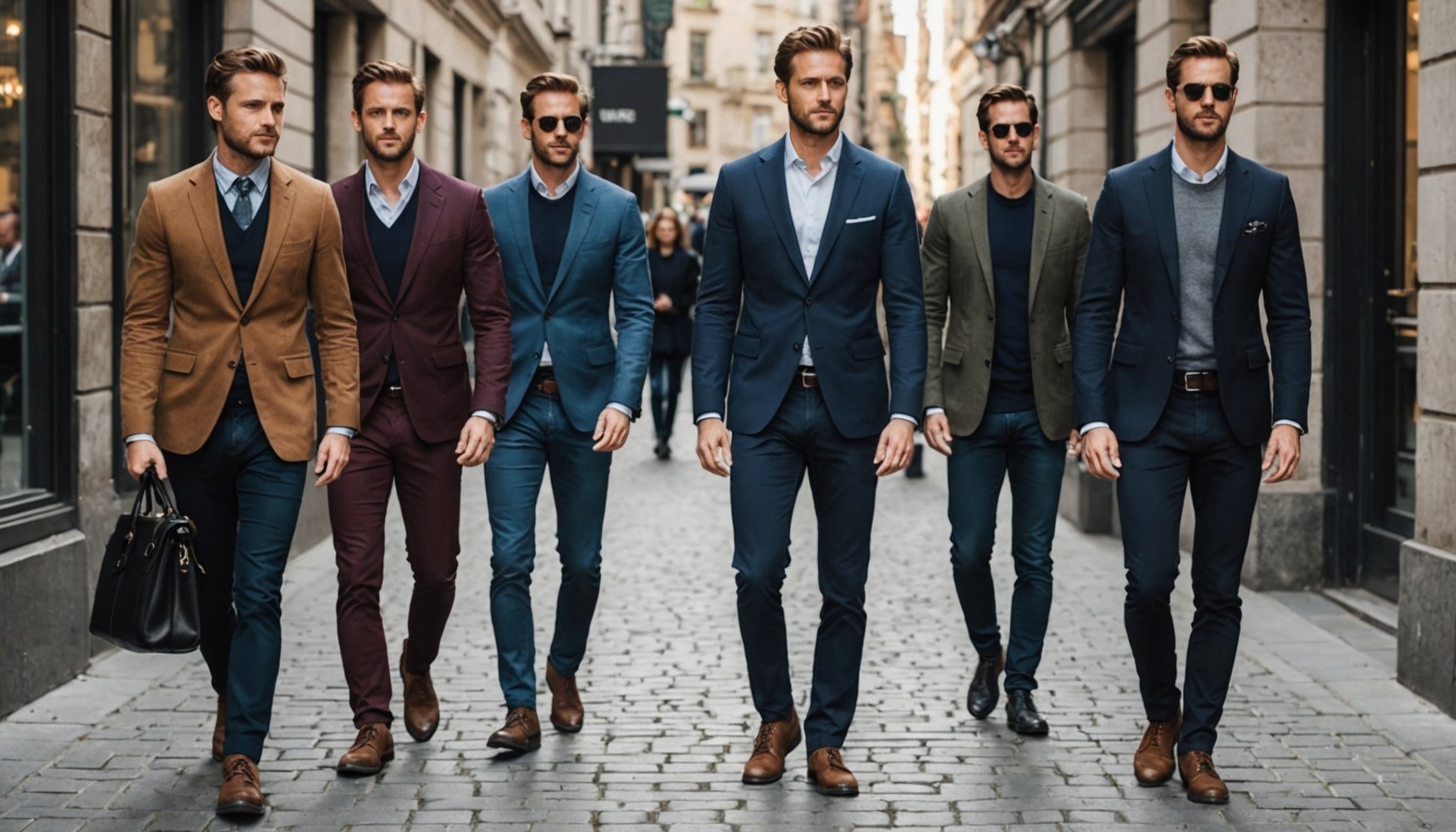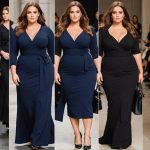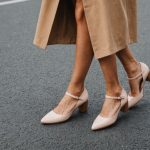Navigating the fine line between casual and formal attire can often feel like a daunting task. In today’s diverse professional landscape, knowing how to dress appropriately is crucial. Whether you’re preparing for a business meeting, a social gathering, or a formal event, understanding the nuances of dress codes is essential. This guide aims to help you find the right balance between casual and formal wear, ensuring that you always present the best version of yourself. From the types of shirts suitable for various occasions to tips on color selection, we have all the information you need.
Understanding Dress Codes
Dress codes can vary significantly, often creating confusion about what constitutes appropriate attire for different events. Broadly speaking, there are several common dress codes that you might encounter: business casual, business formal, and smart casual. Understanding these categories will help you navigate your wardrobe effectively.
Also to discover : What are the best online shops for finding unique women’s clothing in the UK?
Business casual attire is designed to be a comfortable yet polished look, often featuring collared shirts, blouses, and slacks. For men, this could mean a neat polo or button-up shirt paired with chinos, while women might opt for tailored pants or a knee-length skirt combined with a stylish top. This style strikes a balance between professionalism and comfort, making it suitable for everyday office wear or informal meetings.
On the other hand, business formal attire is reserved for significant meetings, negotiations, or corporate events where a more polished look is required. This typically includes suits, ties for men, and tailored dresses or suits for women. Choosing professional colors like navy, gray, or black is advisable, as these shades convey authority and sophistication.
In parallel : How do you find the ideal balance between comfort and style in your outfits?
Lastly, smart casual is a blend of casual and formal styles that allows for more creativity. This could involve wearing a blazer over a neat shirt with dark jeans or a fashionable dress paired with a tailored jacket. This code often applies to events such as networking functions or after-work gatherings, where you want to look polished but not overly formal.
Understanding these nuances will enable you to dress appropriately for any occasion, ensuring you leave a lasting impression.
Choosing the Right Attire for Different Events
When it comes to selecting your outfit, the type of event plays a crucial role in determining your attire. For professional settings, knowing whether to lean towards formal or casual wear can save you from potential faux pas.
For business meetings or formal presentations, a well-fitted suit is often the safest choice. Men should opt for a classic black tie look that includes a tailored suit, a crisp dress shirt, and an elegant tie. Women can choose a sophisticated dress or a pantsuit that conveys professionalism. The key is to select pieces that are both comfortable and sharp, allowing you to focus on the meeting itself rather than adjusting your outfit.
In contrast, networking events or informal gatherings may call for a more relaxed approach. Here, smart casual attire shines. Men can sport a blazer with tailored trousers and a casual shirt, while women might consider a stylish blouse with tailored pants or a chic dress. Accessorizing can also elevate your look without making it too formal; a statement watch or a tasteful necklace can add a personal touch.
For more casual events, such as team outings or casual Fridays at the office, you can incorporate your favorite casual pieces. Think well-fitted jeans paired with a business casual shirt or a neat sweater. Layering can also be effective here, allowing you to adjust your look based on the event’s vibe.
Ultimately, being aware of the event type and the expectations surrounding it will empower you to choose the most appropriate attire, ensuring you always strike the right balance between formal and casual.
The Role of Colors in Attire Selection
Colors play a pivotal role in how your attire is perceived, and selecting the right tones can significantly enhance your overall appearance. For formal occasions, opting for muted and darker shades is generally recommended. Classic colors like black, navy, and charcoal convey professionalism and authority, making them ideal for business settings. When in doubt, these colors are a safe bet, as they tend to be universally accepted and appreciated.
However, for less formal occasions, you can afford to experiment with a wider palette. Soft pastels or bold colors like red, green, or even patterned shirts can add a refreshing touch to casual wear. Men might choose a light blue or checkered shirt under a blazer to inject some personality into their outfit, while women can explore vibrant dresses or blouses that reflect their personal style.
It’s also important to consider the psychology of colors. For instance, blue is often associated with trust and reliability, making it an excellent choice for professional settings. Conversely, red can convey confidence and assertiveness, which might be desirable in certain business contexts. When selecting colors, think about the message you want to communicate through your attire.
Finally, don’t overlook the importance of well-coordinated outfits. Understanding how to match colors effectively can elevate your look from average to exceptional. Whether you choose complementary or contrasting tones, ensure your outfit feels cohesive and stylish, enhancing your confidence as you navigate professional and social settings.
Accessorizing Your Outfit
Accessories can make a substantial difference in how your outfit is perceived, often bridging the gap between casual and formal styles. The right accessories can elevate a basic outfit, adding personality while maintaining professionalism.
For men, a well-chosen tie can transform a simple shirt and trousers into a polished look suitable for formal occasions. Consider a classic black tie or a subtly patterned one for a touch of flair. Watches also play an important role; a quality timepiece can convey sophistication and attention to detail, vital attributes in any business setting.
Women have an even broader range of accessories to choose from. Scarves can be a versatile addition, offering warmth while adding a pop of color or pattern. Simple jewelry, such as stud earrings or a delicate necklace, can enhance a business casual outfit without overwhelming it. Bags should also be considered; opt for structured handbags or sleek totes that are both practical and stylish, ensuring all your essentials are within reach.
When accessorizing, it’s crucial to strike a balance. Avoid overloading your outfit with accessories that clash or distract from your overall look. Instead, aim for a few well-chosen pieces that complement your attire. This approach not only enhances your outfit but also ensures you remain professional and poised in any setting.
In conclusion, understanding how to accessorize effectively can elevate your style and help you navigate the fine line between casual and formal attire with ease.
Finding the right balance between casual and formal wear is a skill that can significantly impact your professional and social interactions. By understanding various dress codes and their appropriate applications, you will be better equipped to select outfits that resonate with the occasion. Remember to consider the type of event, the role of colors, and the importance of accessories to create a cohesive and stylish look.
As you refine your wardrobe, keep in mind that both men and women can express their individuality while adhering to professional standards. The key lies in knowing when to be flexible and when to adhere to traditional styles. With this knowledge, you can confidently step into any scenario, secure in the knowledge that you are dressed appropriately.











